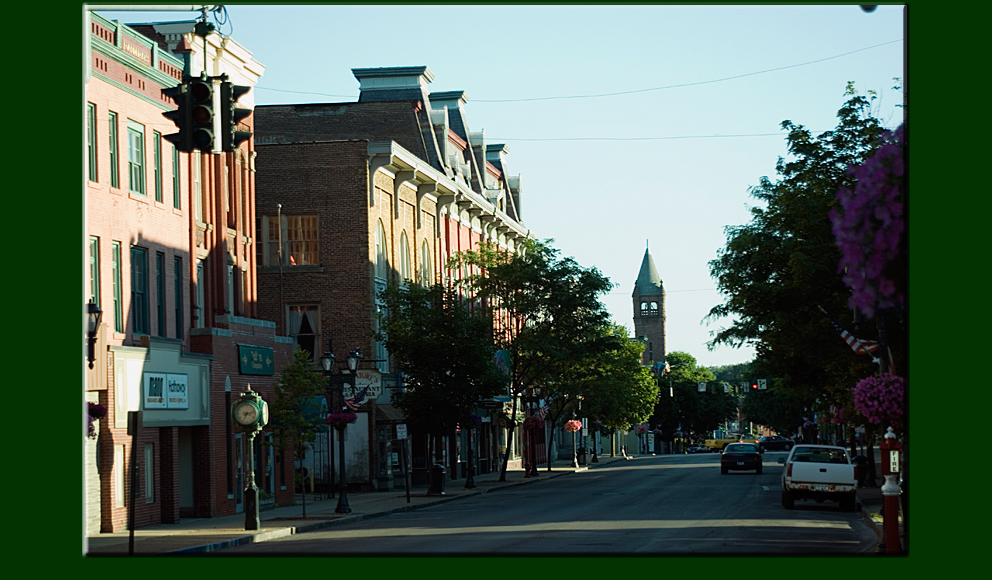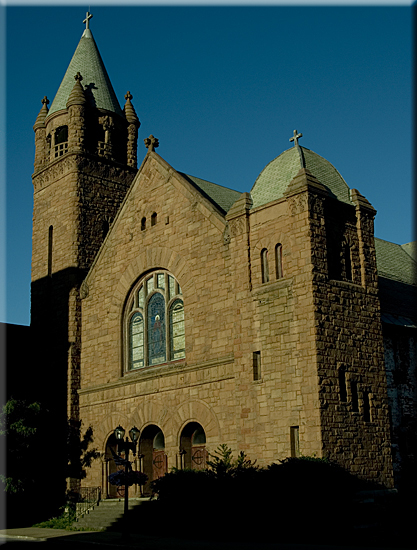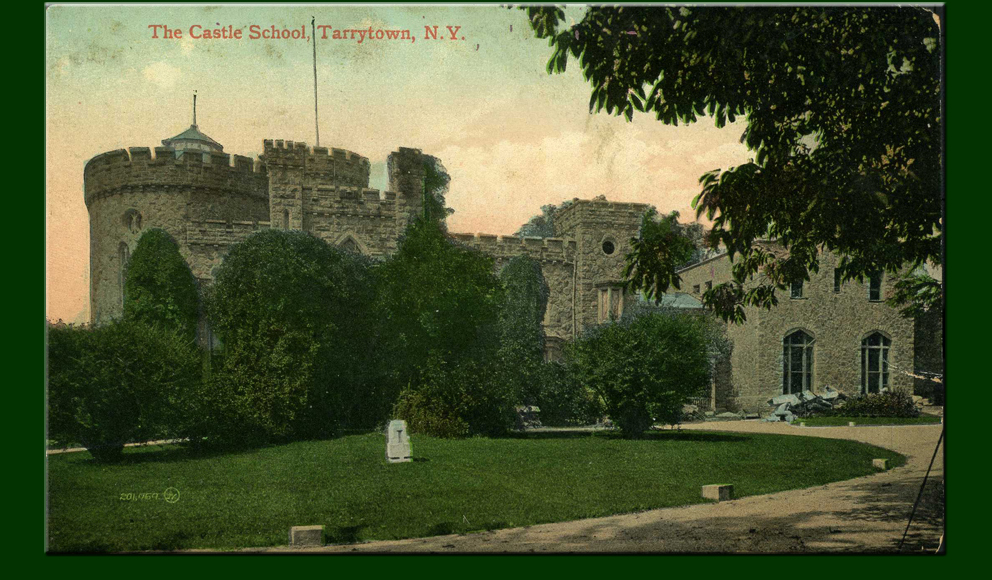

Smokestacks and steeples are the skylines of small nineteenth century cities, and, as they fall victims to time, the city recedes into the landscape. The steeple of the First Baptist Church remained Gloversville New York’s compass pole even after the sanctuary fell vacant and cracks zig-zagged across its brownstone façade. In its absence, the view down South Main Street will seem flat and featureless.The First Baptist Church was a big city building. Its architect, Henry Franklin Kilburn (1844-1905) of New York City, produced an eclectic mix of patrician Fifth Avenue townhouses, churches for prosperous congregations, and formal public buildings. The son of an Ashfield, Massachusetts shoemaker, Kilburn had returned from a year in the Union Army to study architecture in nearby Northampton, departing for Manhattan in 1869. Even after he established an office at 229 Broadway, he executed many significant commissions in his native Connecticut River Valley, as well in New York City. Most of Kilburn's best-known buildings were designed in the "Richardson Romanesque" style.


